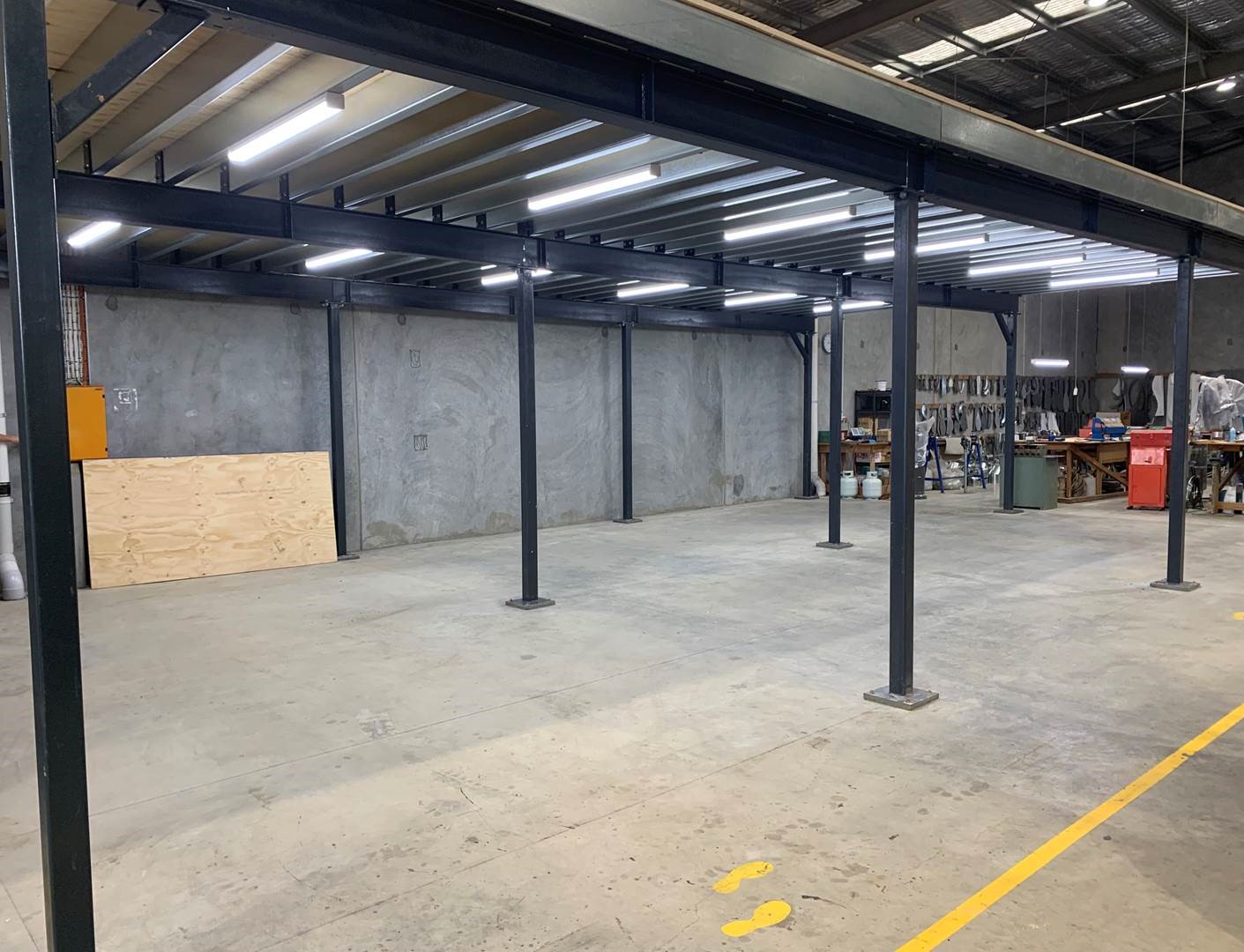Sensors work incredibly well in commercial and community settings to monitor, improve and safeguard surroundings.
There’s two types of commonly utilised sensors: microwave sensors and infrared sensors.
Interested to find out more about how microwave sensors and infrared sensors work?
Discover more about their purpose and benefits with the Australian LED lighting suppliers, Nedlands Group down below.
Microwave sensors
Microwave sensors, despite their name, have nothing to do with cooking or heating up food.
These sensors work by sending out microwave signals and then measuring the length of time it takes for these signals to bounce off of surrounding objects and return to it. This is called the Doppler effect.
How do microwave sensors work?
- By establishing a baseline room or area analysis, detecting the current distance of all surrounding objects.
- If/when something comes into the detection area and interrupts the microwave signals, a change in distance from the object is perceived, which will set off a trigger.
Microwave sensors work similarly to Radar and Sonar systems due to their capacity and capability to measure its distance from surrounding objects.
Did you know that microwave sensors can detect motion through glass, plastic, wood and most other construction materials? Unfortunately, this doesn’t include metal.
Let’s look next at infrared sensors.
Infrared sensors
Infrared sensors measure the infrared light emitting from the objects in their field of view.
As you might already know, all objects with a temperature above zero emit heat energy in the form of radiation.
While this radiation cannot be seen by the naked human eye, it’s picked up and detected by electronic sensors, such as the infrared sensor.
How do infrared sensors work?
- They conduct analyses of a room and its surrounds, looking for a change in infrared energy.
- Upon detecting a change (let’s say, the presence of a moving person), a pulse will be emitted, activating the sensor and prompting the doors to open.
So, what sensors are suitable for your requirements? The Australian electrical wholesalers at Nedlands Group will enlighten you down below.
How do they compare?
Now that you have been introduced to the two types of sensors commonly utilised throughout Australia, let’s compare them side by side.
- Microwave sensors are highly sensitive and more powerful than infrared sensors, detecting motion even through thin walls. However, this means they could trigger mistakenly.
- Infrared sensors are less likely to mistakenly trigger, are more stable and operational throughout a range of temperatures and environments. They’re also the ideal method for doorways and walkways with strategic placement.
- Microwave sensors are great for nearly every environment – from high heat settings to expansive indoor and outdoor spaces. They also come with a typically longer lifespan than infrared sensors but can prove more expensive to run due to higher power requirements.
Essentially, infrared sensors are recommended for smaller entryways and well-controlled indoor spaces, whereas microwave sensors prove more efficient in larger areas.
Nedlands Group have a comprehensive range of microwave and infrared sensors suitable for your settings.
Looking for automatic sensors? Look no further than Nedlands Group.
Contact us today to find high-quality and affordable sensors to suit your requirements.







 LOGIN TO
LOGIN TO 